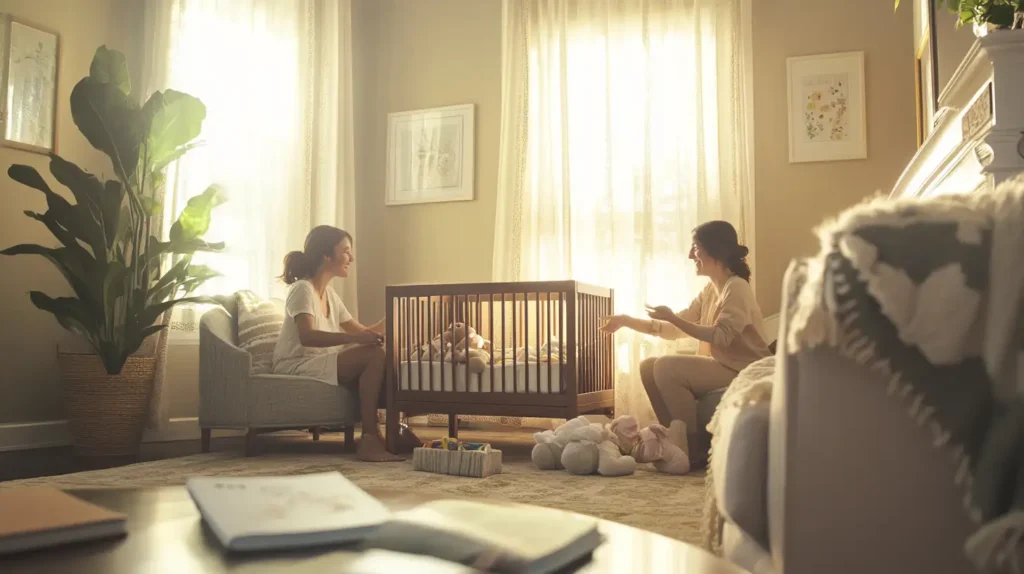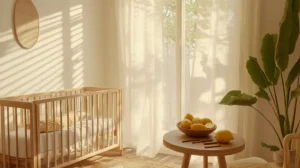Table of Contents
ToggleThe Mom-to-Mom Economy: How I Saved $3,000 on Baby Items Without Sacrificing Quality
Have you ever looked at your baby registry and felt your heart sink at the total? Maybe you’ve wandered through a baby store, picking up that adorable outfit or must-have stroller, only to put it back down when you saw the price tag. I was there too, standing in a boutique baby shop, staring at a $1,200 crib that looked exactly like the one my neighbor was selling for $250.
This may sound crazy, but the path to outfitting your baby isn’t what you think. The more I wanted perfect, brand-new everything for my little one, the more I realized how unsustainable and unnecessary it was. In this article, I’m going to share with you something I really wish I learned sooner.
I shared this with a friend over coffee who recently found out she was expecting. She so badly wanted to provide everything perfect for her baby but was panicking about the costs. What I told her changed everything about how she approached preparing for her little one’s arrival.
I used to overthink everything baby-related. Every purchase, every decision, every item. And I thought if I just bought everything new, everything matching, everything perfect, I’d be a better mother. But in reality, that mindset was just draining my bank account and adding stress to what should be a joyful time.
So I made a change, and it made me more confident and financially secure. I stopped caring about having everything brand new. I stopped caring about what other parents might think. I stopped caring about following the expensive must-have lists. And really, all this changed everything about my parenting journey.
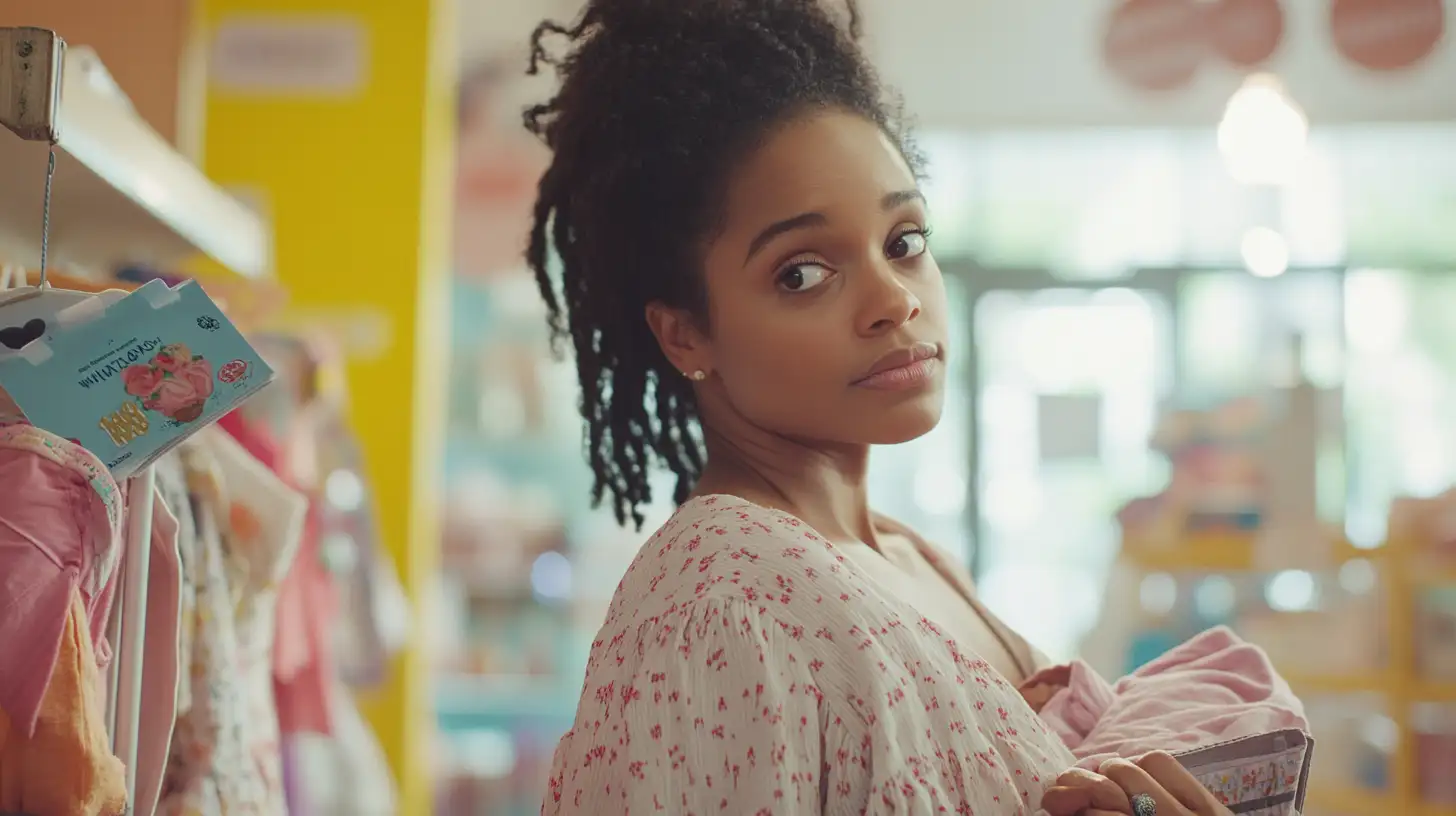
Why Choosing Pre-Loved Is the Smartest Move You’ll Make
Here’s the biggest mistake that most new parents make. We think by spending more, that will make us better parents. We believe that if we just buy the most expensive, newest items, our babies will be safer, happier, and somehow better off.
Let me be clear – I’m not saying you shouldn’t care about the quality and safety of what you get for your baby. What I’m saying is that new doesn’t automatically mean better, and used doesn’t mean settling.
Think about it. The average parent spends between $10,000 and $16,000 during their baby’s first year. But here’s the thing – babies outgrow most items within months or even weeks! That designer onesie? Worn maybe three times before it’s too small. That fancy bouncer? Interesting to your little one for maybe two months total.
When I had my first baby, I turned to the mom-to-mom economy out of necessity. Living on a single income while on maternity leave, I couldn’t afford everything new. But what started as a financial decision quickly became something more – a community, a sustainability choice, and honestly, a smarter way to parent.
My neighbor’s daughter had just turned two when my son was born. She passed me bags of barely-worn clothes, a crib that still looked showroom-ready, and toys that were practically new. Just pass them on when you’re done, she told me. That’s when I realized – this is how it’s supposed to work!
The irony here is that when you’re no longer holding onto this idea of needing everything new, you move differently as a parent. You become calmer, you become more present, and you’re much more powerful with your resources. And really, that’s when things start to fall into place.
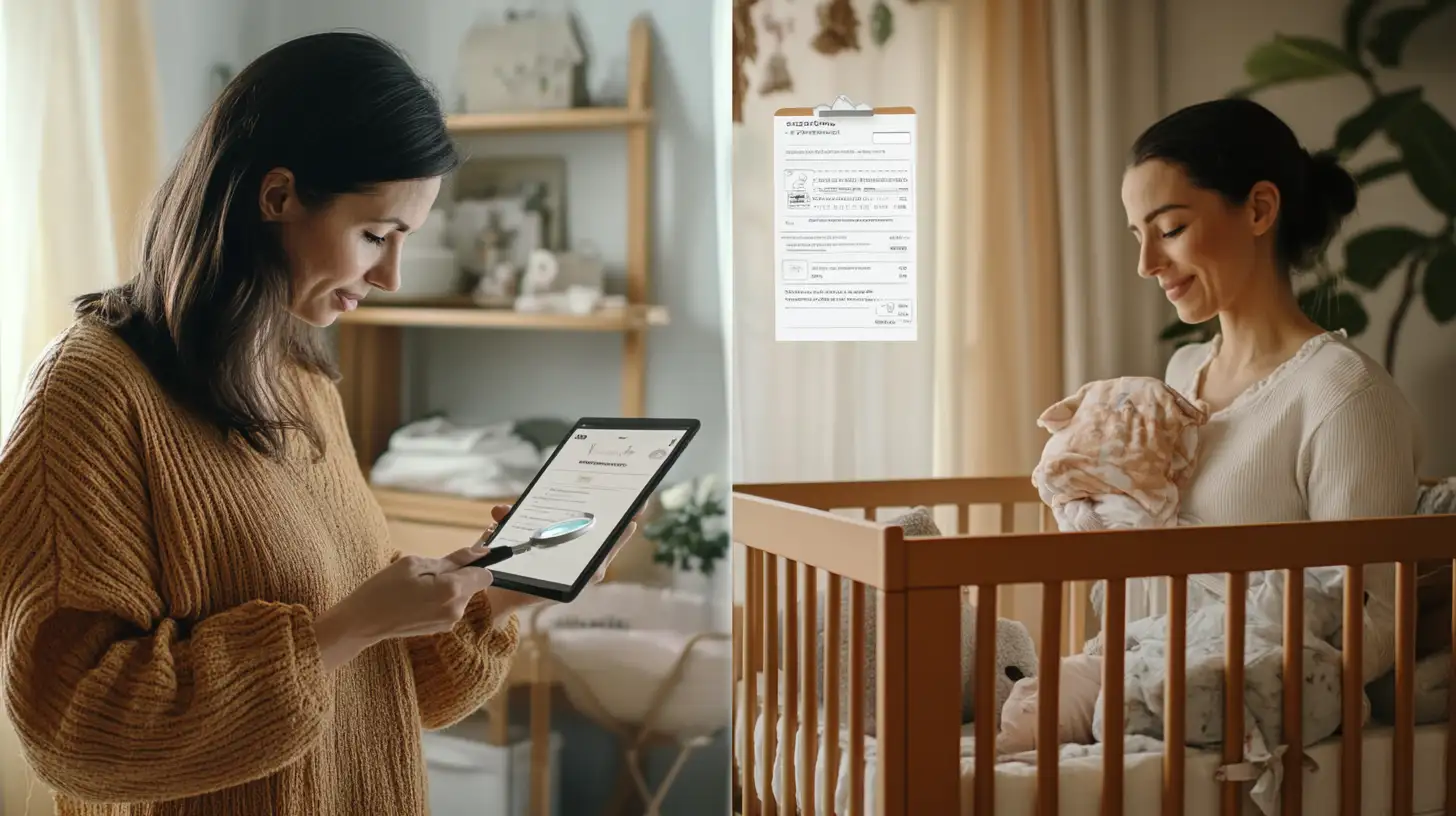
Navigating Safety in the Secondhand Market: What You Need to Know
Now let me be clear. This isn’t about being careless with your baby’s safety. It’s about being smart about what truly matters.
Imagine how you’d feel to be free from the anxiety of expensive purchases, free from overthinking every item, free from the fear of not providing the best. Because here’s the thing – your baby doesn’t care if their crib was previously owned. They care that you’re there when they wake up.
When shopping in the mom-to-mom economy, there are some non-negotiables when it comes to safety:
- Always check for recalls on any item you’re considering. The Consumer Product Safety Commission website makes this easy.
- Car seats should generally be purchased new unless you know the complete history of the seat and can verify it’s never been in an accident.
- Cribs manufactured before 2011 don’t meet current safety standards and should be avoided.
- Inspect all items thoroughly for damage, missing parts, or wear that might compromise safety.
- Clean and sanitize everything before use – a mixture of warm water with a touch of bleach works wonders, just like my grandmother from Trinidad taught me.
I once found a beautiful wooden high chair at a mom-to-mom sale. It was solid maple and cost just $40 compared to the $250 retail price. But when I checked, I found the restraint strap was frayed. Instead of passing, I asked the seller if she had the replacement part. She didn’t, but a quick call to the manufacturer and $15 later, I had a brand-new strap shipped directly to me. Safety maintained, and I still saved nearly $200!
The best parents, the best caregivers that I know, they care deeply about safety, but they’re not attached to the idea that new equals safe. They show up, they do their research, they inspect carefully, and then they make smart decisions.
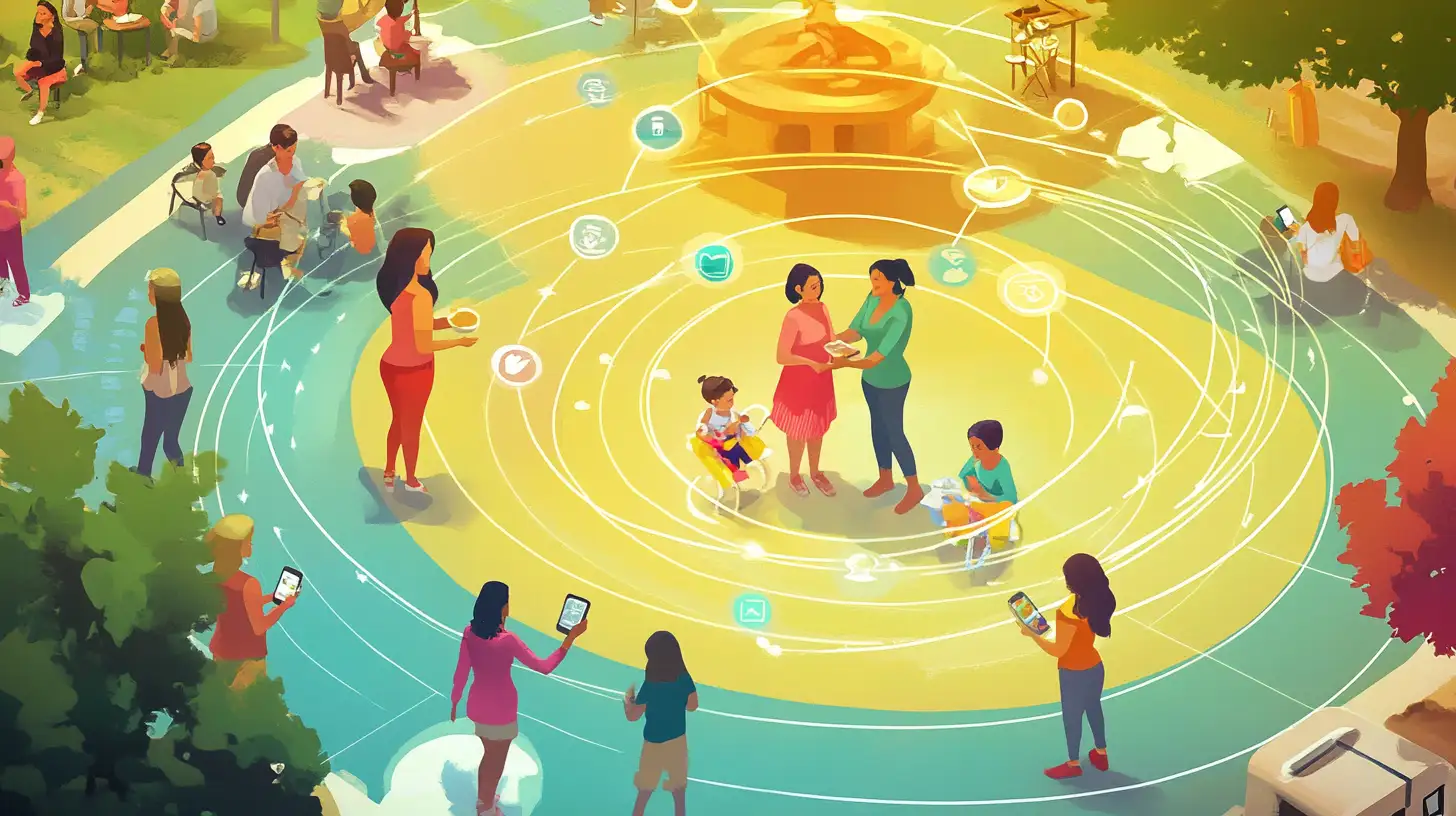
Finding Your Tribe: Building Your Mom-to-Mom Network
When I stop procrastinating on building my mom-to-mom network, everything changed. I joined local parenting groups with just a simple hello post. I attended my first swap meet with huge anxiety about whether I’d fit in. And I posted my first ISO (In Search Of) message with no fancy wording or confidence.
Because here is the most powerful thing about the mom-to-mom economy – it’s not just about the stuff. It’s about the community you build in the process.
Here’s how to find and nurture your mom-to-mom network:
- Join local Facebook groups specifically for buying, selling, and trading baby items. Search terms like [Your Area] Mom Swap or Baby Items [Your City]
- Check out apps like Nextdoor, which connect you with neighbors who might have items to pass along
- Don’t overlook traditional consignment stores – they often have the best quality control
- Attend community baby swaps or kids’ consignment events – these happen seasonally in most areas
- Create a WhatsApp group with moms from your prenatal class or daycare – we share alerts about items we need or are giving away
- Build relationships with moms who have babies slightly older than yours – they’re your best source for what’s coming next
One rainy Saturday, I messaged a mom about a baby carrier she had listed. When I arrived to pick it up, she invited me in for tea. Her baby was six months older than mine, and she ended up not just giving me the carrier but filling my car with everything her daughter had outgrown that my son was just growing into. Two years later, she’s one of my closest friends, and our kids have regular playdates.
Whenever you’re navigating this world, I want you to remember that behind every listing, there’s another mom who’s been exactly where you are now. This shared experience creates an economy built on understanding rather than just profit.
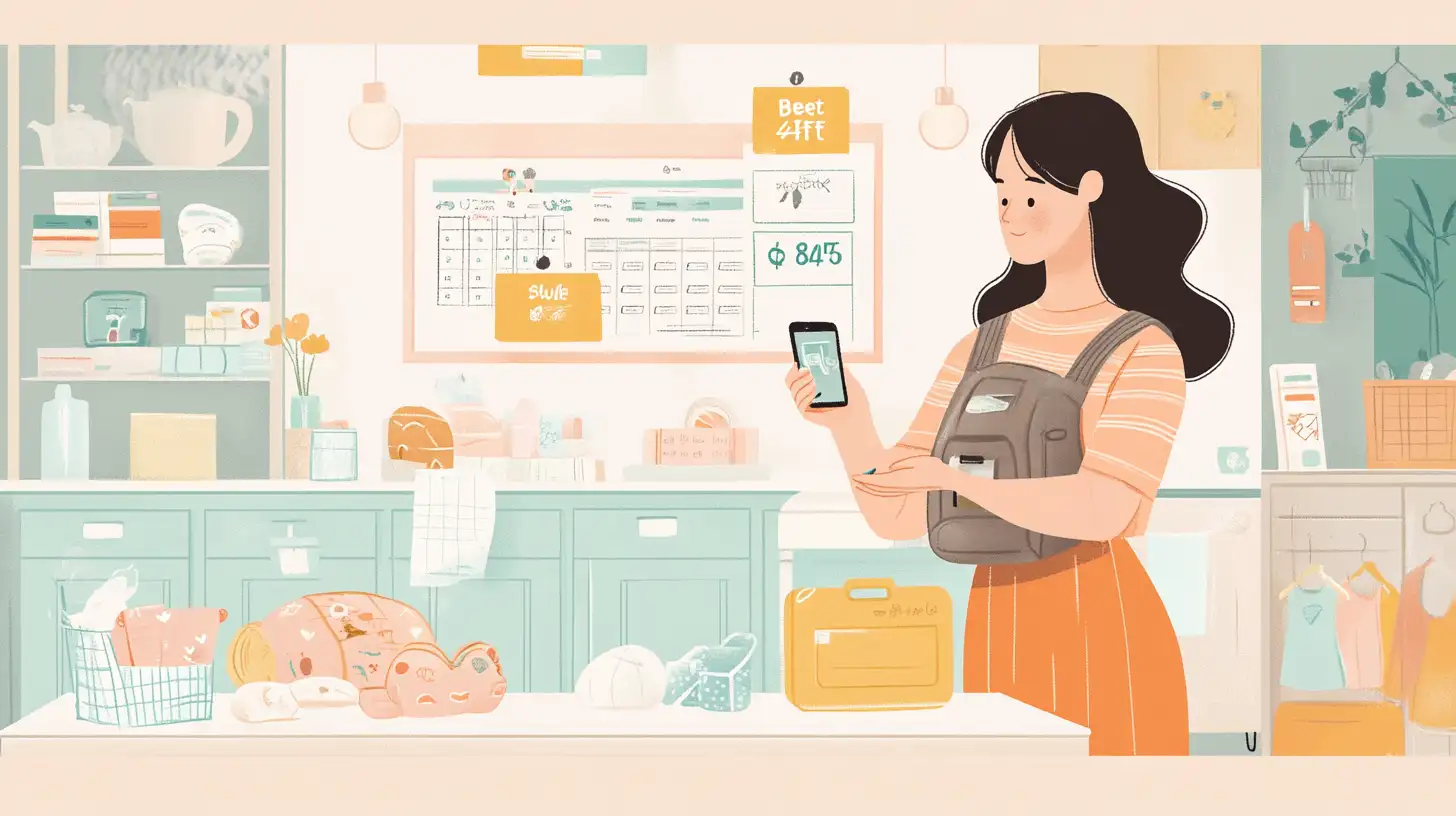
The Art of the Deal: Pricing, Negotiating, and Fair Exchanges
This fear of offending someone with a low offer or the anxiety about setting your own prices – these are really just stories you’re telling yourself. Because at the end of the day, most moms in this economy understand the goal is to help each other out while recouping some costs.
So how do you navigate the financial side of the mom-to-mom economy?
For pricing items you’re selling:
- A good rule of thumb is 50-70% off retail for items in excellent condition
- 40-50% for good condition items with minor wear
- 30% or less for items with noticeable wear but plenty of life left
- Factor in current demand – seasonal items like winter snowsuits sell higher in fall than in spring
- Brand matters – some premium brands (like Uppababy, Halo, or Keekaroo) hold value remarkably well
For buying items:
- Don’t be afraid to make reasonable offers, especially if buying multiple items
- Be prepared to walk away – there will always be another swing, another bouncer, another pack of onesies
- Consider trades if you have items of similar value
- Pay promptly and be reliable – your reputation in these circles matters
- Remember that conveniently bundled items (like full wardrobe sets in the next size up) are worth paying a bit more for
I once needed a baby bathtub but was on an extremely tight budget. I found one listed for $25, which was fair but more than I could spend at that moment. Instead of just passing, I messaged the seller and asked if she’d be interested in trading for some baby food makers I no longer needed. Not only did she agree, but she threw in a stack of hooded towels her daughter had outgrown. Why? Because she appreciated the honesty and the opportunity to get something she needed without spending cash herself.
When you embrace the giving and receiving nature of this economy, you achieve more than just savings – you create a circular system that benefits everyone involved.
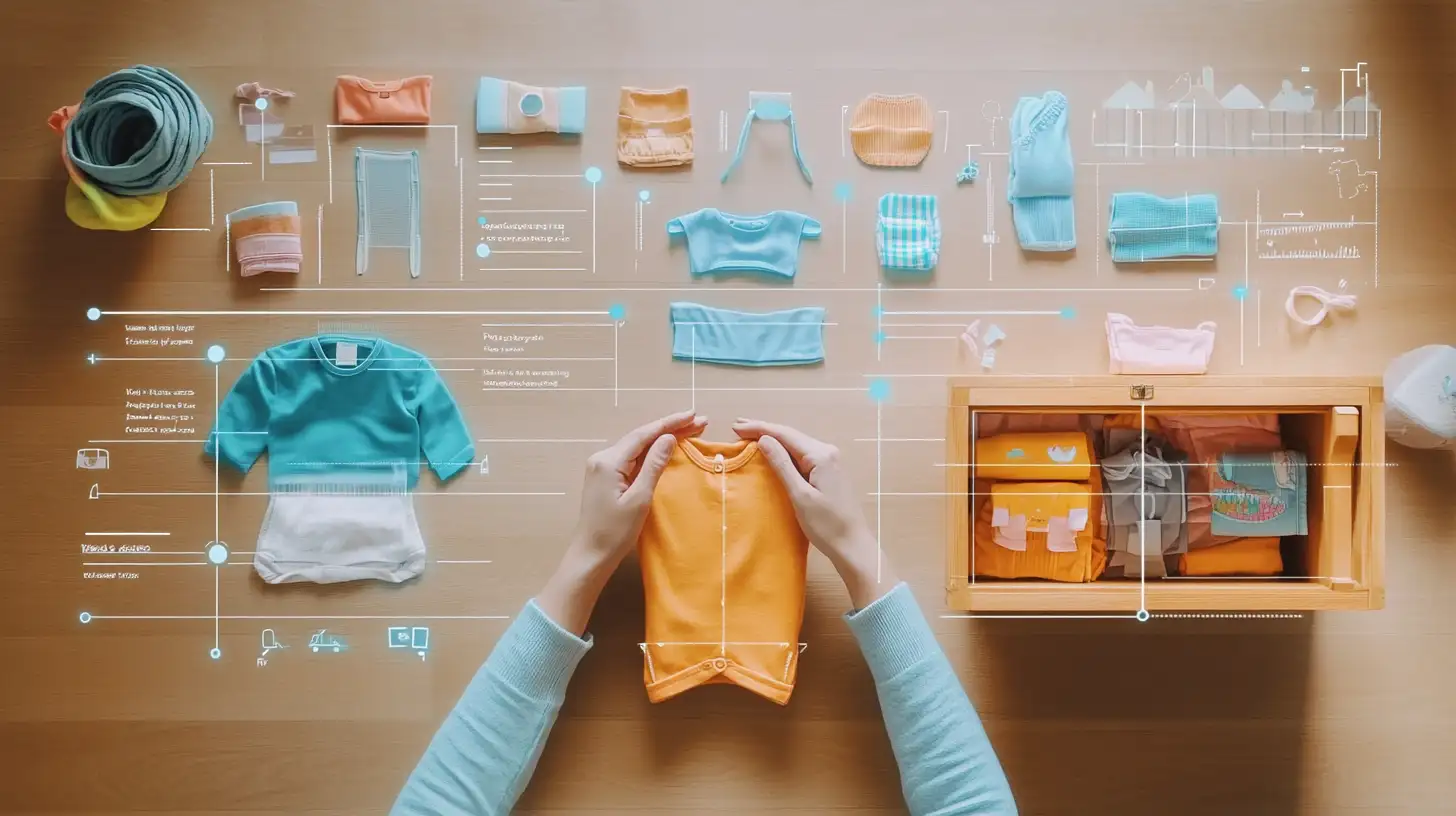
Maximizing Value: When to Splurge, When to Save, and How to Preserve
Why waste another moment worrying about having all new items? Why not build a baby preparation strategy you can actually afford? The one that aligns with your values, your budget, and your vision for what parenting means to you.
Knowing what to buy new, what to buy used, and how to maintain items for maximum resale value is what separates the smart moms from the overwhelmed ones.
Items worth buying new:
- Car seats (unless from a very trusted source with no accident history)
- Crib mattresses (for hygiene reasons)
- Breast pump parts that cannot be fully sanitized
- Pacifiers and bottle nipples
Items that are perfect to buy used:
- Clothing (babies outgrow these so quickly!)
- Strollers (especially high-end ones that are built to last)
- Baby carriers and wraps
- Books, toys, and most baby gear
- Furniture (cribs post-2011, dressers, rocking chairs)
To maintain the value of your baby items:
- Keep original packaging when possible
- Save instruction manuals and warranty information
- Clean items regularly to prevent set-in stains
- Make minor repairs promptly
- Store outgrown items properly – wash clothes before storing, keep furniture in climate-controlled spaces
- Use lingerie bags when washing small items to keep them from getting lost or damaged
My auntie from Jamaica taught me a brilliant trick for preserving baby clothes – after washing them with a gentle detergent, add a tablespoon of white vinegar to the rinse cycle. It keeps the colors bright and prevents that musty smell that can develop in stored clothes. Items preserved this way fetch nearly double when I resell them compared to ones with faded colors or lingering smells.
Whenever you’re preparing for your baby, I want you to have the courage, clarity, and the financial wisdom to make choices that work for your family. Because you become a powerful parent when you stop caring about the wrong things (like having everything new) and focus on what truly matters.
Your Baby, Your Values, Your Economy
If you’ve participated in the mom-to-mom economy with intention and respect, if you’ve carefully selected quality used items while buying new when it matters for safety, then you have already won at this parenting game.
The truth is, your baby doesn’t care if their bouncer came from a store or from the mom down the street. They care about your smile, your voice, your presence. And when you’re not stressed about money, when you’re not working extra hours to pay for brand-new everything, you have more of yourself to give.
This economy of sharing, of passing along, of helping each other out – it’s as old as motherhood itself. Our grandmothers and great-grandmothers didn’t run to a baby store for every need. They shared, they handed down, they made do. And somehow, their babies thrived.
I saved over $3,000 on my baby’s first year by embracing this economy. But more importantly, I gained a community, learned valuable lessons about what really matters, and found confidence in my choices as a mother.
The cycle continues – just last week, I passed along my son’s outgrown crib to a nervous first-time mom. As I helped her set it up in her nursery, I saw the relief on her face when she realized she now had one less thing to worry about. Just pass it on when you’re done, I told her, echoing the words that welcomed me into this beautiful economy years ago.
Because at the end of the day, we’re all in this together. And that, my friend, is the true value of the mom-to-mom economy – not just the things we share, but the support we give each other along this wild, wonderful journey of parenthood.
Thank you so much for being here. If you liked this article, you might also like my piece about how one simple shift changed how I approach parenting forever. I look forward to sharing more with you soon.
Beyond her professional achievements, Jessica is also a successful mother to a large and thriving family. Her firsthand experience in balancing financial responsibilities while raising multiple children gives her a unique perspective that resonates with her audience. As a mother, Jessica understands the financial challenges and pressures faced by families, and she brings a compassionate and relatable approach to her blogging. Through her blog, Jessica not only shares her financial expertise but also provides invaluable insights on how to foster financial well-being while building a strong and harmonious family foundation. Whether it's budgeting, saving for college, or teaching children about money, Jessica's relatable stories and practical tips make her an indispensable guide for individuals striving to achieve financial stability while nurturing a fulfilling family life.
- The Hybrid Baby Registry: Virtual and Physical Gift Management - October 19, 2025
- The Anti-Consumerist Baby Shower: Meaningful Alternative Celebrations - October 15, 2025
- Baby-Friendly Home Adaptations: No Renovation Required - September 26, 2025

